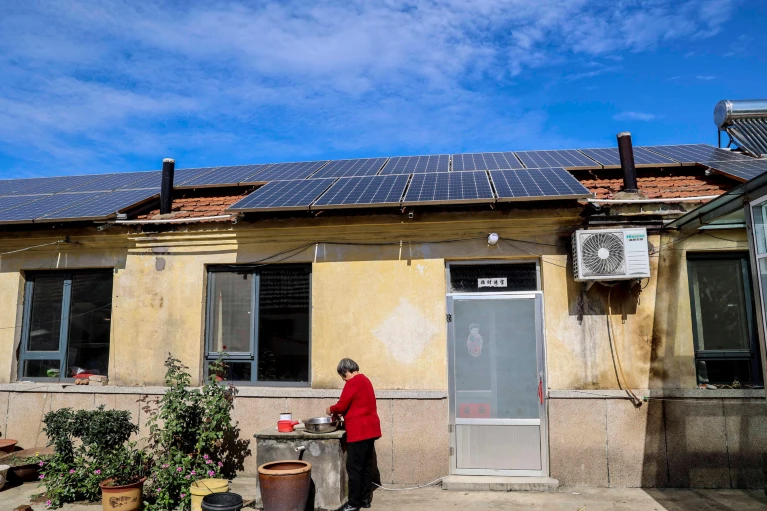Are Rooftop Solar Panels the Answer to Meeting China's Challenging Climate Targets?
time:2023-11-24 08:44:16 Views:0 author:Jinan Freakin Power Ltd.
Research is central to the success of major photovoltaic programmes in ramping up clean energy and alleviating rural poverty. On board China’s high-speed rail network, travelling at more than 200 kilometres per hour, David Fishman knew that he had arrived in Shandong province when he saw a field of dark, glimmering rooftops from the train window. Fishman, an energy analyst at the Lantau Group, an economic consultancy firm in Shanghai, was keen to meet with developers in Shandong to understand how China is developing extensive rooftop solar installations at such a remarkable pace. Shandong is leading China’s rooftop solar-development initiatives, accounting for 18% of such projects across the country. As of March, the province had installed 33 gigawatts (GW) of distributed solar capacity, enough to power an estimated 18 million homes.

Boasting several of the largest photovoltaic stations ever built, China is the world’s top solar-energy producer. Most of its solar farms are located in its western regions, where land and sunlight are abundant, but much of the country’s energy demand comes from more economically developed and densely populated regions in the east, such as Shandong. Currently, many of China’s eastern regions rely on power generated and transmitted from the west.
In recent years, China has shifted its focus from centralized solar farms to smaller-scale distributed solar projects, as photovoltaic research continues to improve the technology and lower its costs. Such research, and other areas related to tackling climate change and pollution, is helping Chinese science cities to make rapid gains in the Nature Index, especially in Earth and environmental sciences.
Unlike large solar farms, distributed photovoltaic systems — often built on rooftops — are intended to generate power for local use. Electricity generated through photovoltaic panels can be consumed on-site by houses and factories, for example, or loaded onto the local grid to be distributed throughout the region. “If you want to vigorously develop renewable energy in the eastern part of the country, where land resources are very scarce, then these rooftops are a good resource,” says Min Yuan, a Beijing-based energy-transition project manager at the World Resources Institute, a non-profit research organization.
To boost rooftop solar development and increase local production of clean energy, the Chinese government rolled out its Whole County PV programme in 2021. So far, 676 counties in 31 provinces have signed up, most of which are located in the eastern half of the country. The programme encourages counties to build rooftop photovoltaic systems that cover at least 50% of government buildings, 40% of public buildings, such as schools and hospitals, 30% of commercial buildings and 20% of rural homes. Shandong leads, with 70 of its counties participating, followed by Henan province in central China and Jiangsu in the east.




